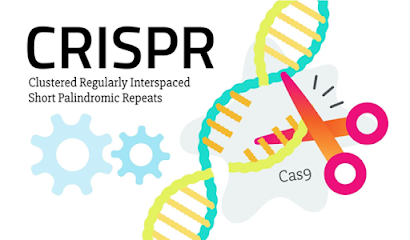Know more on QR codes
QR Codes
QR code is one of the
most trending technology being used to help users access certain information
just with a scan using their smartphones.
QR stands for Quick
Response as the codes provide information to the user instantly.
History of QR codes:
The QR code
system was invented in 1994 by Masahiro Hara from the Japanese company Denso
Wave. The initial design was influenced by the black and white pieces on a Go
board. Its purpose was to track vehicles during manufacturing; it was designed
to allow high-speed component scanning.
Back then, Japan was
going through a huge economic growth, and supermarkets selling a wide range of
commodities from foodstuff to clothing began to spring up in many
neighbourhoods. Cash registers that were then used at checkout counters in
these stores required the price to be keyed in manually. Because of this, many
cashiers suffered from numbness in the wrist and carpal tunnel syndrome.
The invention of the ‘Bar
codes’ made the process easier as the price of an item or
merchandise was displayed on the cash register automatically when the barcode
on the item was scanned by an optical sensor, and information on the item was
sent to a computer at the same time. This first barcode had a capacity to store 20
characters. Now the storage capacity has gone up to more than 7000 characters.
Working of QR codes:
A QR code consists of
black squares arranged in a square grid on a white background, which can be read
by an imaging device such as a camera. The patterns created represent binary codes that can be interpreted to
reveal the code's data. The benefit of using a QR code over a barcode is that
the data can be extracted by scanning in both vertical and horizontal
directions. Three larges squares are present at three corners of the pattern
square which enable the QR scanner software to identify the ideal direction
through which it must extract the data.
When the code is scanned
using the QR scanner software or application, the software divides the image of
the code into grids and then extracts the value of each small square depending
on its colour viz. white or black. The software identifies the difference in
colour viz. white and black and converts the colour input into bits. These bits
are then decrypted based on their positioning into a useful output.
The total amount of data
stored can reach up to 7089 numeric characters or 4296 alphanumeric(consisting
of both alphabets & numbers) characters.
Image credit: ResearchGate
How is it possible to
obtain information even from a damaged QR code?
With varying amount of
data stored in them, we can obtain as
much as 30 % of data from a damaged QR code!
Lesser is the storage capacity, higher is the error correction level.
QR codes use Reed-Solomon
error correction to retrieve the corrupted data. Generally, a QR code is subdivided into
several ‘blocks’ which contain certain part of the message. Each block contains
certain number of black and white squares that represent the information. The block size
is chosen so that no attempt is made at correcting more than 15 errors
per block; this limits the complexity of the decoding algorithm.
Following are few levels
of error correction:
|
Level L (Low) |
7% of data bytes can be restored. |
|
Level M (Medium) |
15% of data bytes can be restored. |
|
Level Q (Quartile) |
25% of data bytes can be restored. |
|
Level H (High) |
30% of data bytes can be restored. |
|
|
|
After decoding, the blocks are combined together again. This method
of dividing a code into blocks also helps to make decorative codes that have
intentional errors that make them more attractive.
Image credit: QR code chimp
Applications
of QR code:
1. It
was originally used to keep a track of various parts in the vehicle
manufacturing industry. It made the tracking much easier and sophisticated.
2.The code is used to store
hyperlinks to various webpages and can be observed in magazines and newspapers.
The user can scan the code to reach the website.
Image credits: QR code generator
A QR code used in road side advertisement banners
3.With
a widened internet bandwidth, several users prefer to use internet banking for
day to day payments. A large number of vendors use QR codes to store the
payment gateway information. So the consumer can scan the code and pay the
desired amount.
Credits & References:
Written by:- Sanket Gore(Team Tech Tuesday )
NOTE :-
This blog is meant for Educational Purpose only
.We do not own any Copyrights related to images and information , all the
rights goes to their respective owners . The sole purpose of this blog is to
Educate, Inspire, Empower and to create awareness in the viewers. The usage is
non-commercial(Not for Profit) and we do not make any money from it.





🙌✨💯
ReplyDeleteGreat and informative post👍
ReplyDelete💯
ReplyDelete